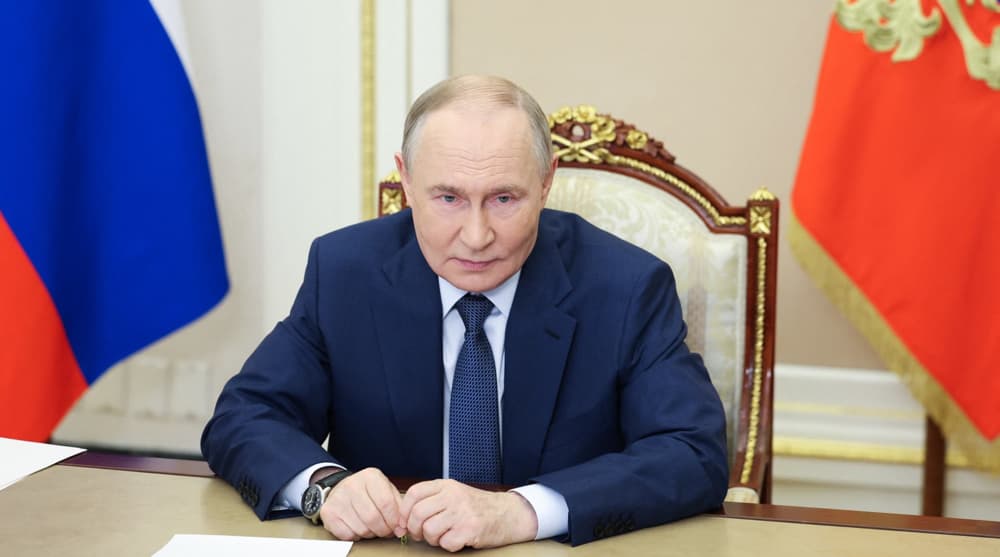Russian President Vladimir Putin has hailed the successful test of a nuclear-powered underwater drone capable of carrying nuclear warheads, calling it a major technological and strategic breakthrough for the country’s armed forces.
Speaking on Wednesday during a meeting with soldiers wounded in the Russia-Ukraine conflict, Putin announced that Moscow had successfully tested Poseidon, a nuclear-powered, long-range underwater drone designed to evade conventional defense systems and capable of carrying a nuclear payload.
"For the first time, we managed not only to launch [Poseidon] with a launch engine from a carrier submarine, but also to activate its nuclear power unit, which functioned for a certain amount of time. This is a huge success," Putin said about the new drone.
The Poseidon system, known in Western media as a “nuclear super torpedo” and officially titled the Status-6 Oceanic Multipurpose System, is a nuclear-powered, autonomous underwater drone specifically developed to evade US missile defense systems and unleash massive tidal waves against coastal targets.
It can carry either a conventional or nuclear warhead, with reports indicating yields of up to 100 megatons, and operates at speeds reaching 54 knots while descending to depths of 1,000 meters.
The Russian leader underscored that there was “no way to intercept the device,” which travels faster than conventional submarines and can reach any continent.
The primary purpose of Poseidon is to serve as a strategic deterrent against the US, countering Washington’s expansion of missile capabilities after its unilateral withdrawal from the Anti-Ballistic Missile (ABM) Treaty in 2001. This move dismantled one of the last global safeguards against nuclear escalation and reignited an arms race worldwide.

The test follows Putin’s earlier statement on Sunday that Russia had completed the final test of its Burevestnik nuclear-powered cruise missile.
Putin described the missile as “a unique weapon that no other country possesses,” asserting that it has “unlimited range.”
He also ordered preparations for “infrastructure to put this weapon into service in the Russian Armed Forces.”
These developments come as Western powers intensify efforts to obstruct Russia’s military and technological progress along the front lines of the Ukraine conflict.
Meanwhile, the US continues to escalate tensions by refusing to rule out the delivery of advanced Tomahawk missiles to Kyiv and by preparing new sanctions aimed at crippling vital sectors of the Russian economy.

